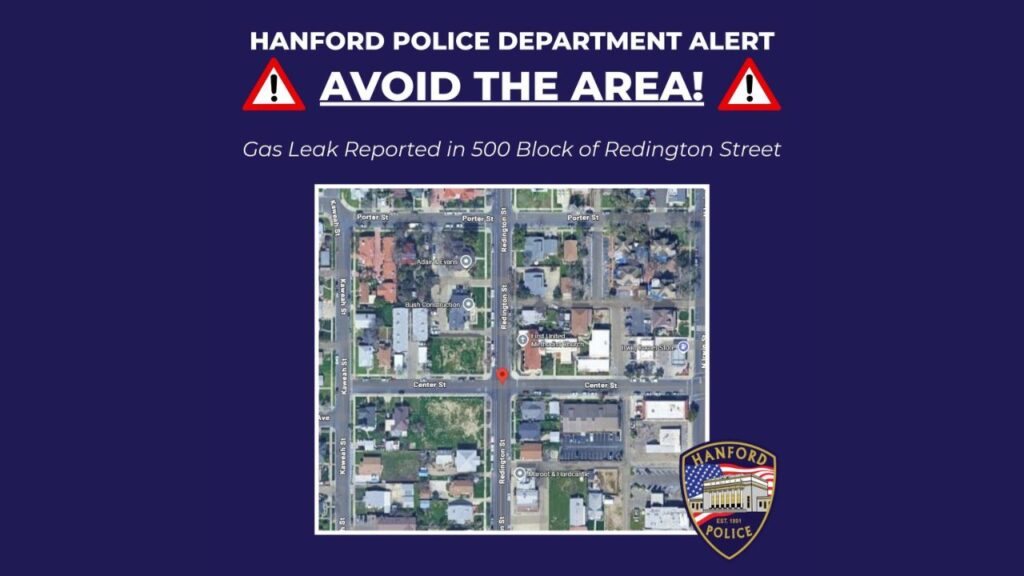Share
|
Getting your Trinity Audio player ready...
|
The city of Fresno reportedly has put the brakes on expansive growth in the southeast region of the city that has been on the drawing board for nearly two decades.
The South East Development Area plan would add a whopping 45,000 housing units across 9,000 acres upon completion. But Clovis Unified officials told the School Board at a workshop Wednesday that they’ve been advised SEDA’s development has been moved to the back burner.
Fresno officials did not respond Friday morning to requests for comment about SEDA, which has been criticized as an example of municipal sprawl.
In Wednesday’s board presentation, school district officials noted that SEDA’s biggest hurdle is wastewater infrastructure, but other concerns include restrictions related to vehicle miles traveled, or VMT, aimed at reducing greenhouse emissions and traffic impact mitigations.
Even though SEDA expansion will be delayed, Clovis Unified is proceeding with a new educational center on Highland Avenue north of McKinley Avenue that’s needed because schools in the eastern portion of the district are growing more and more crowded.

The school board agreed by consensus at the workshop to proceed with construction plans as well as hiring an assistant superintendent to oversee campuses in the area surrounding the future Terry Bradley Educational Center.
District officials held the workshop in part to make it clear to the board and the community that construction of the Bradley center was not contingent on new home construction in SEDA but is needed to address overcrowding that will continue to worsen until new facilities are built.
The Reagan Educational Center in the Clovis East area is already experiencing overcrowding problems that are expected to intensify.
“You’re going to hear as board members in the community, ‘SEDA is not developing, why are you building a school out there?’ What we wanted you to hear us say is we know even if SEDA completely halts for the next 10 to 15 years, we have a need for this campus in this part of town,” said Denver Stairs, Clovis Unified’s assistant superintendent of facilities.
Soaring Costs
The board also learned at the workshop that plans for the Bradley center are being scaled back because of skyrocketing construction costs. The original estimated budget of $250 million for the campus, which will hold a high school, middle school, and elementary school, plus an events center that will be available for district and community use, had grown to $300 million.
But in just a few years, cost estimates for the proposed designs have climbed to $397 million. “Roughly $550 a square foot is what it’s costing us right now to build, which is crazy,” Stairs said.
So district planners have been engaged in “what we call the value engineering process, which is just a fancy way to say we’re cutting money,” he said.
Those cuts include delaying the construction of two buildings, Q and R, that are part of the high school campus, as well as playing fields and a parking lot in the southwest portion of the campus and using less concrete in areas such as sports fields whenever possible, Stairs said.

The cost of those two buildings was estimated to total $47 million, district spokeswoman Kelly Avants said.
There would still be enough classroom space for the incoming ninth-grade class as well as the seventh and eighth-graders when the campus opens in August 2025, Stairs said. The district forecasts that the school will open with a total of 1,200 students, or 400 in each of the three initial grade levels.
The high school would grow by one grade level over each of the following three years.
The two buildings would be added in later years to accommodate the growing number of high schoolers.
Avants said that building the campus in phases makes more sense than having unused buildings. The district built a second floor to Clovis North that initially remained vacant, and by the time classes moved in school officials discovered items in need of fixes that were no longer covered by construction warranties, she said.
No Area Infrastructure
Because the Bradley center will be constructed ahead of SEDA, there won’t be municipal water and sewer infrastructure in place. The district is planning to draw its water from four on-site wells and also build or lease a wastewater “package” plant, Avants said. It’s not the first such arrangement for a school: Clovis used site wells at schools previously but will be opting for the first time to use a package plant, she said. But the district will be following the lead of the Riverstone development in Madera County.
Once the SEDA infrastructure is in place, the Bradley center will be able to connect to it, she said.
Local funding for the Bradley center is coming through the Measure A bond measure that voters approved in 2020.
The School Board voted later Wednesday at its board meeting to approve nearly $4.7 million in construction costs for phase 1A of the project, which is being built under a lease-leaseback contract with Harris Construction.
RELATED TOPICS:
Categories

Hilton Drops Minneapolis Hotel Over Cancelled ICE Bookings

Gas Leak Prompts Avoid-the-Area Alert in Downtown Hanford

















